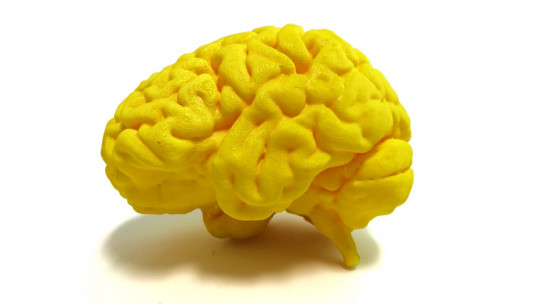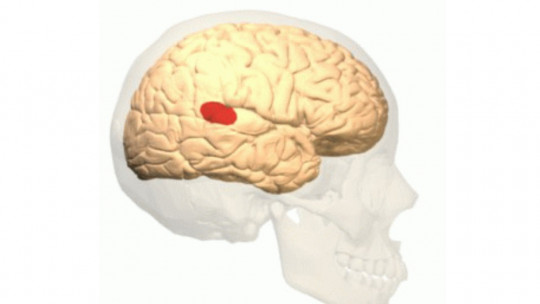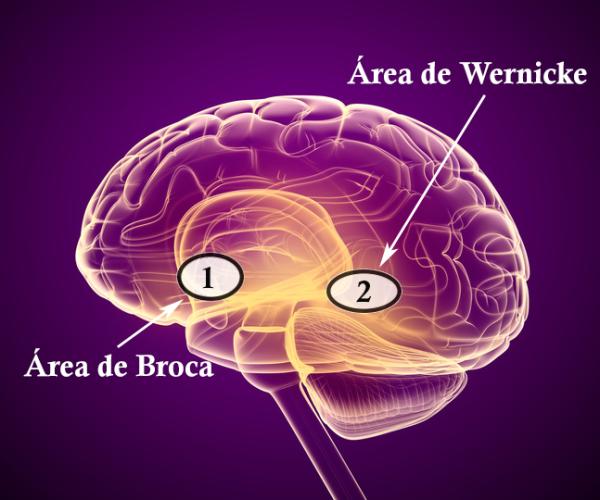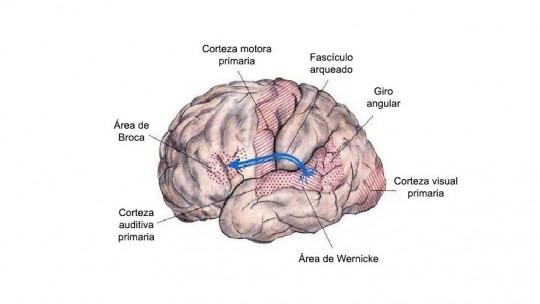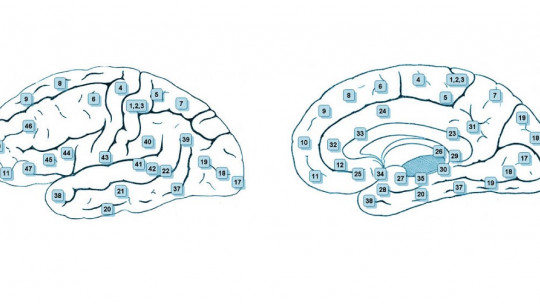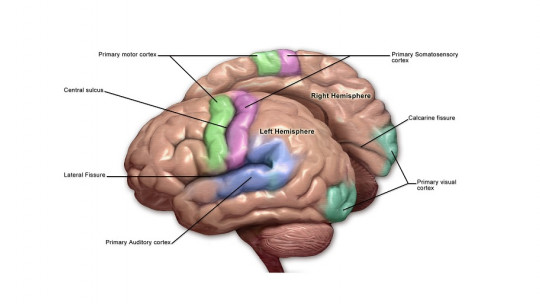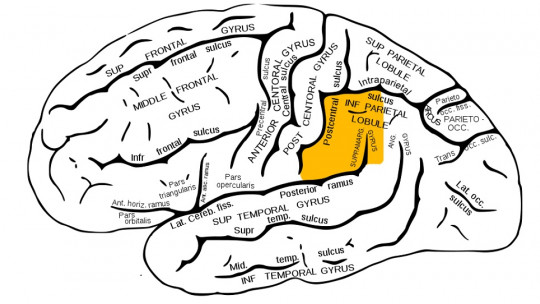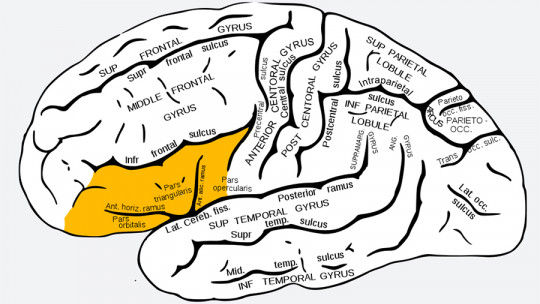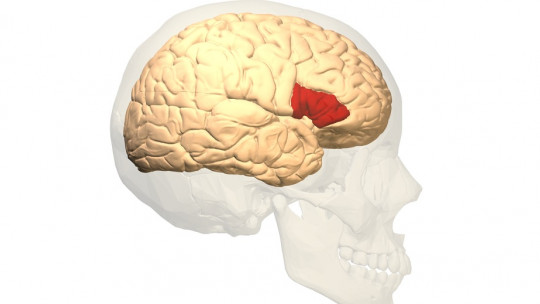
Broca’s area is one of the parts of the brain What more attention have they received in research into the neurobiological mechanisms that explain our use of language, whether spoken or written. The reason for this is that clinical studies related to this area of the cerebral cortex show that there are different parts specialized in different aspects of language.
In this article we will see what Broca’s area is and how it is related to the use of language, through a summary of the characteristics of this part of the brain.
Broca’s area: what is it?
Throughout history, attempts to understand the functioning of the brain have led to attempts to study the mental processes carried out by parts of it, as if they were systems relatively isolated from the rest. Broca’s area was one of the first regions of the central nervous system to be associated with a specific mental process differentiated from the rest
Specifically, Broca’s area is the part of the brain that is responsible for the articulation of language in any of its forms Thus, in both writing and speaking, this portion of the central nervous system specializes in the production of an internally coherent message articulated through the corresponding language fractions, whether letters or phonemes. That is, it works by making the use of language possible in an abstract sense, without being constrained either only to speech or only to reading and writing.
However, it is also true that no part of the brain functions completely independently of the rest of the structures of the nervous system. As much as we talk about Broca’s area as a brain structure associated with language, we must not forget that it does not work in parallel with the rest of the nerve cells, but is coordinated with very extensive neural networks spread throughout the brain, and that without they could not perform their functions.
Location of this part of the cerebral cortex
Broca’s area located in the third frontal gyrus (in the frontal lobe) of the left cerebral hemisphere, although in some exceptional cases it is located in the right hemisphere. Specifically, according to Brodmann’s map, it occupies the Brodmann areas 44 and 45 near the eye and attached to the front part of the temporal lobe.
Of course, it must be taken into account that the exact location of Broca’s area may vary slightly from one individual to another, and there are even cases in which it is visibly displaced compared to the average human brain. This is because no two brains are alike due to genetic differences and the effect of brain plasticity over time: descriptions of the cerebral cortex speak of general patterns, not exact rules.
Broca’s aphasia
The discovery of Broca’s area came hand in hand with clinical cases in which patients with this damaged area were unable to write and pronounce well even though they could understand what was said to them. This led to the establishment of the existence of a syndrome known as Broca’s aphasia characterized by all the typical symptoms that appear when there is a lesion in Broca’s area and other parts of the brain have been relatively preserved.
Specifically, the main symptoms are the following:
This syndrome is especially distinguished from another type of aphasia related to a part of the brain called Wernicke’s area. This is Wernicke’s aphasia, in which, compared to Broca’s aphasia, language and writing are much more fluid, but the ability to give meaning to what is said or what is read or read is lost. listen, so you don’t understand what others say
It must be taken into account that when one part of the brain is injured, whether it is Broca’s or Wernicke’s area, other parts of the brain are also indirectly affected, which is why the symptoms that appear are not an exact reflection of the tasks performed. around these parts.
Is it possible to cure the diseases associated with this type of injury?
In general, neurological disorders resulting from brain injuries cannot be cured through medical procedures, although there are rehabilitation treatments that help mitigate their symptoms. On the other hand, Brain plasticity can cause the brain to “adapt” to that injury after a while and learn to make other parts of the brain perform the functions that were performed by the injured area.
Functions of this brain region
Currently, Broca’s area is associated with these main mental functions and processes:
In addition, Broca’s area is also responsible for working with another important element of spoken language production: timing. In this way it allows us to give our speech the appropriate rhythm. On the other hand, in the phase immediately before pronunciation, it inhibits the appearance of phonemes other than the one that corresponds to each part of the word.
It must be taken into account that neuroscience is constantly advancing, and that is why what is known today about what tasks Broca’s area performs is, possibly, just the tip of the iceberg.
On the other hand, We must avoid falling into the simplistic belief that Broca’s area “produces” language The different parts of the brain can be more or less specialized in different psychological functions, but they always work at the same time, in a coordinated manner with each other. They need each other, and what happens in them is not isolated from the rest of the biopsychological phenomena that take place in thousands of other parts of the nervous system and the body in general.
Its relationship with the Wernicke area
As we have seen, Broca’s area is proof that not all parts of the brain are responsible for doing the same thing Even language, which apparently is a single skill, is composed of many others that can be separated.
Wernicke’s area is the other large language area that intervenes in the use of this mental faculty. That is why it communicates with Broca’s area through a set of neuronal axons directed towards the front. Lesions in one or the other area, or in the set of axons that communicates both, produce different types of aphasia.

